
What are NFTs? While it might have seemed the bubble had burst, this remains one of the most asked questions on the internet, and in the art world, where NFTs have offered a new medium for artists.
A concept that began as an experiment in new technology and became a way for artists to take ownership of their work and control its value, has since attracted major brands and celebrities. Several works of NFT art have sold for millions and we've seen NFT exhibits and installations at institutions as renowned as New York's MoMa.
Below, we'll explain what NFTs are. Once you're up to speed, you might want to see our pieces on the best NFT games and the best NFT crypto for creatives. If you decide to venture into making NFTs of your own, see our guide to how to make and sell an NFT.
What are NFTs? – why it's still important
Interest in non-fungible tokens may have fallen amid the generalised decline in crypto assets, but proclamations of their death have proved to be premature. NFT use is back on the rise, and so many are still asking, just what are NFTs?
Purchases spiked again in March 2023, according to NFT tracker CryptoSlam, and we've recently seen new virtual sneakers from Nike, and even a Tintin NFT. Generally, those passionate about NFTs are still keen and see the downturn as a blip caused by external pressures. Many compare the state of affairs to the dot.com bubble of the late 1990s, which, while many websites closed, also gave rise to good businesses, such as Amazon, Facebook and Google.
NFTs: everything you need to know

What are NFTs?
NFT stands for 'non-fungible token'. It's basically a unique digital identifier recorded in a blockchain. There's a unique and non-interchangeable unit of data stored on a digital ledger using blockchain technology to establish proof of ownership, as with cryptocurrenices like bitcoin. It is decentralised and open to scrutiny.
The blockchain technology means an NFT cannot be copied, substituted or subdivided, so it can be used to certify ownership of any kind of digital file, from art to music, games, videos and more. As well as establishing ownership, the fact that it prevents copies means that the technology creates scarcity, something that had been missing from digital art.
Like physical art, an NFT can be sold but the artist can retain the copyright, or they can offer it to the buyer, or decide the percentage of secondary sales an owner can have. This makes NFTs like any other collector's item, but instead of buying a physical item, you're instead paying for a file and proof that you own the original copy.
What are NFTs used for?
Essentially, NFTs can represent any form of digital file, whether that's a jpeg of a piece of art, a video, or even real estate. Turning these files into 'tokens' and securing them on a blockchain makes buying, selling and trading these files efficient and reduces fraud.
Any kind of easily reproduced digital file can be stored as an NFT in order to identify the original copy. The NFTs you're most likely to have seen or read about tend to be minted from trippy futuristic motion artworks, but NFTs can be made from any kind of photography, art, music or video file. Even tweets and memes have been made into NFTs.
Who is using NFTs?
For artists, stepping into the NFT space adds another possibility for selling art, and provides fans with a way to support it. Early adopters in the art world include Beeple – who set an NFT artwork auction record – as well as CryptoPunks and Bored Ape Yacht Club, but we've since seen major galleries host NFT exhibitions.
Some NFT sales reach eye-popping prices. When Pak's NFT Artwork 'The Merge' sold for $91.8 million in December (he actually sold shares in the artwork), it was the third-highest price ever fetched by the work of a living artist.
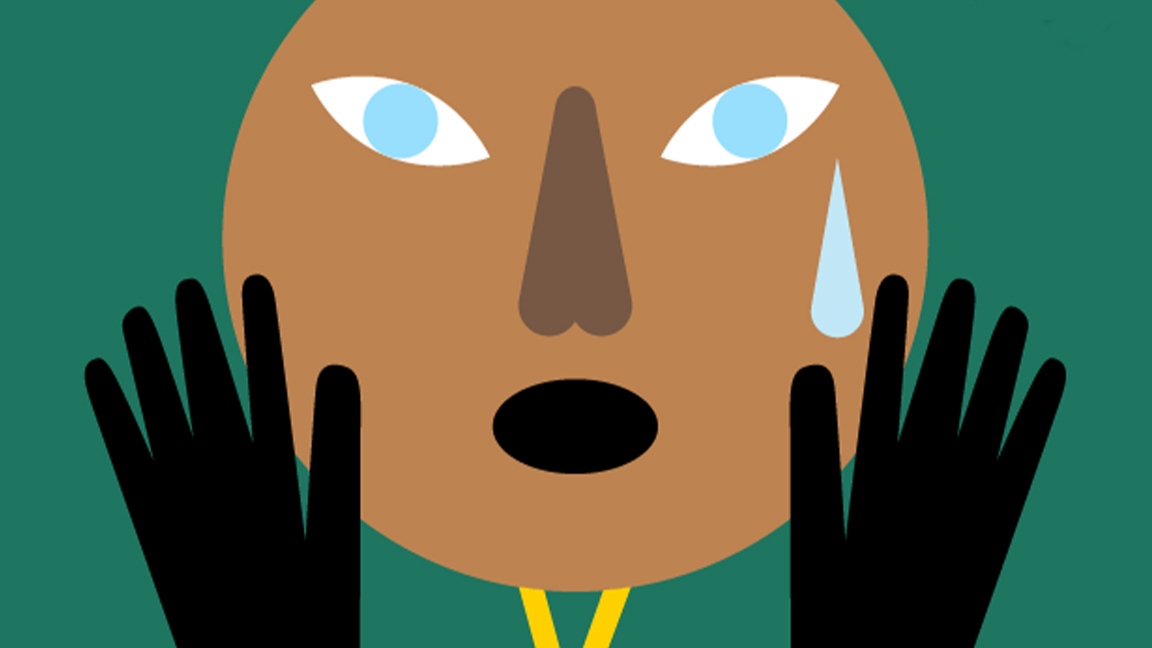
But many new artists and traditional artists coming into NFTs are using the technology to affect change. The artist Nina Chanel Abney's bold NFT collection expresses her views on diversity and develop her style. The Flower Girls NFT by Varvara Alay explores the artistic boundaries of non-fungible tokens and the artist uses money made from her art to fund children's art projects and support female artists.
But NFTs are also having a moment among musicians, gamers and brands in all kinds of sectors. Musicians are selling the rights and originals of their work, as well as short videos to clips. There has even been a Beatles NFT auction. There are some dedicated NFT music marketplaces.
Daily design news, reviews, how-tos and more, as picked by the editors.

As for big brands, Nike bought NFT studio RTFKT and has since made headlines from selling collectible and customisable non-fungible tokens of sneakers. Adidas, Coachella, the Super Bowl and Dolce & Gabanna have followed with digital wearables and other items, and fragrance maker Byredo partnered with RTFKT to create scents to use in the metaverse. Even the US basketball league NBA has got involved. NBA Top Shot is a way of selling digital collectables in the form of trading cards embedded with iconic basketball moments.
Celebrities are also involved, either investing as collectors or creating their own NFTs (or having them created for them by artists). Madonna made headlines when she partnered with Beeple to create her Mother of Creation NFT project.

You can even buy digital real estate and 3D assets like furniture as NFTs. 'Mars House', designed by Toronto artist Krista Kim, was described by digital art marketplace SuperRare as the 'first digital house in the world' and sold for an eye-watering $500,000.
How do NFTs and crypto connect?
NFTs, or non-fungible tokens, are blockchain-held tokens that represent a unique asset – whether physical or digital. NFTs are secured on cryptocurrency blockchains, trading using Ethereum, Solana, Wax and other tokens. This means they are tied to the ebb and flow of cryptocurrency values, which can be both a positive and a negative.
Unlike a unit of bitcoin, however, each NFT is completely unique, so it can't be exchanged like-for-like. The file stores extra information that elevates it above pure currency and brings it into the realm of, well, anything, really. As a result, NFTs have become collectable digital assets that hold value, just like how physical art holds value.
Are NFTs legit?
NFTs are absolutely 'legit' but the term and use is so broad that you may stumble across scams and schemes that aren't. It's always a good idea to do your research, never accept free NFTs and if something sounds too good to be true it's best avoided.
Why do people buy NFTs?
People buy NFTs for many reasons. Some view non-fungible tokens as assets to collect and trade, they see them as investments. Others just love the art or the technology behind NFTs and like to experiment with how it can be used. More and more people are now seeing NFTs as a way to launch products, raise funding and give a voice to marginalised communities. There's a sense NFTs can unlock a new kind of democracy.
What are the best ways to make money from NFTs?
There are many ways to make money from NFTs, if that's your goal. Some key ways are listed below:
1. Play-to-Earn games: these new kind of games enable you to own the assets you earn or unlock in a game. You can collect and sell these NFTs within a game's store or on a marketplace.
2. Collecting: many people collect NFTs, spotting new projects and 'HODLing' until their values increase (they can also decrease).
3. Flipping NFTS: I wouldn't recommend this but some people like to buy NFTs for the purpose of selling them at a higher price. It's risky.
4. Investing in new NFTs: if you're serious about getting into NFTs you'll want to find projects you like and get in early. Often you can be involved in the Discord community and get on the 'whitelist'.
5. Create your own NFT: the success of NFTs is that anyone with a computer can create one, and even an NFT collection a project to fund other a project. NFTs can now even be created for free, though this comes with restrictions.
Where can I buy and sell an NFT?
The most common way of buying and selling a non-fungible token is on an NFT marketplace, these are auction platforms created specifically to showcase NFTs. The most popular ones are OpenSea, Rarible, SuperRare, Nifty Gateway, Magic Eden and Foundation.
Should I invest in an NFT?
This is a personal question. NFTs can increase and decrease in value, and not all NFT projects are designed to make you money (some are created to raise money for charity, for example). Also, just because a piece of art has been tokenised doesn't mean it will be valuable. Do your research, and ask questions, such as who is behind the project, what will you actually own, and how can the NFT used?
Are NFTs a pyramid scheme?
Critics would say yes, and there have been dodgy projects and schemes that have fallen apart and left buyers with nothing. But, many NFTs are fine and there are good artists creating in this space. In recent months NFTs have evolved from simply being about ways to make investors money to projects with 'utility' – longterm uses in the metaverse and in real life.
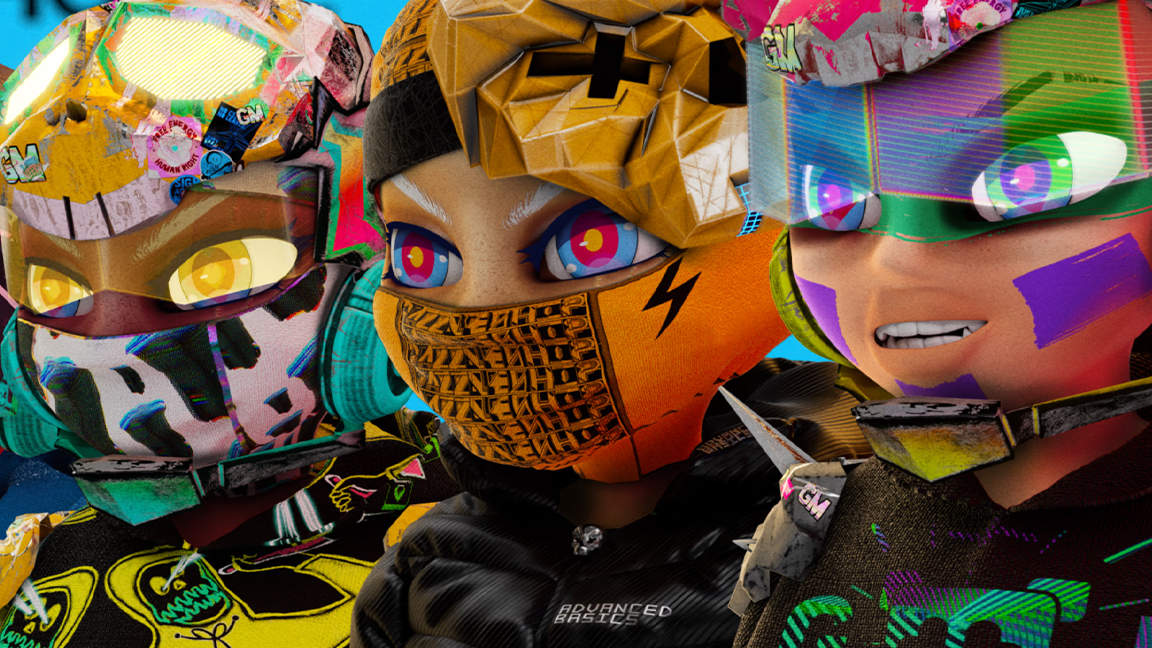
Who's buying NFTs?
Millennials appear to be the largest group buying NFTs, while Gen-X and Gen-Z are coming in close behind. Older generations are staying clear, for now. There are also a growing linear art and corporate communities that are picking up NFTs as investments are showcasing them in the receptions of offices and hotels.
NFTs: how do NFTs work?
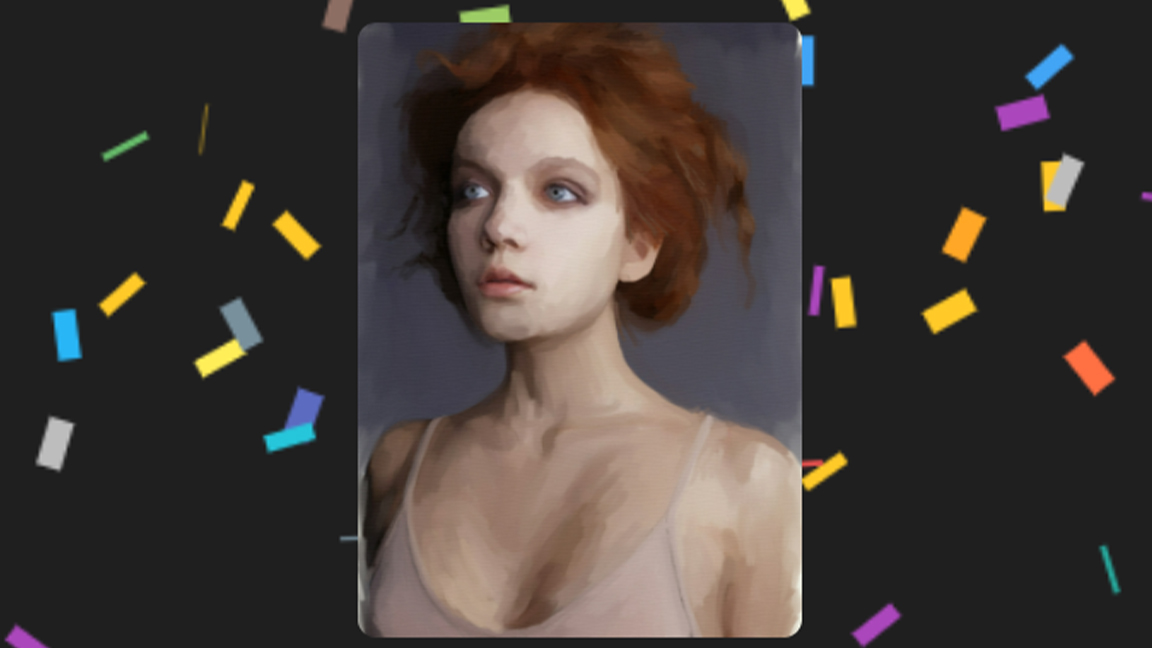
The unique identity and ownership of an NFT is verifiable via the blockchain ledger. They were first launched on the Ethereum blockchain, but other blockchains including FLOW and Bitcoin Cash now also support them. Read my guide titled 'NFT crypto, which is best?' to get a lowdown on what's what.
Whether the original file is a JPG, MP3, GIF or anything else, the NFT that identifies its ownership can be bought and sold just like any other type of art – and, like with physical art, the price is largely set by market demand.
If you wandered into a gift shop of an art gallery, you'd find a number of replicated prints of famous masterpieces, well there are some NFTs that act the same way. There are parts of the blockchain that are totally valid, but they wouldn't hold the same value as the original.
NFTs will most likely come with a license to the digital asset it points to, but this doesn't automatically confer copyright ownership. The copyright owner may reproduce work and the NFT owner gains no royalties. Artist Chris Petrocchi explains secondary sales and royalties in his video tutorial on how to create NFT art.
Creating NFTs isn't as difficult as you may think, either. We have a guide to to how to make and sell an NFT that is well-worth a read, and I have put together a tutorial on how to create an NFT for free, which means you can get started in the process without needing to spend any money.
NFTs: where can I buy an NFT?
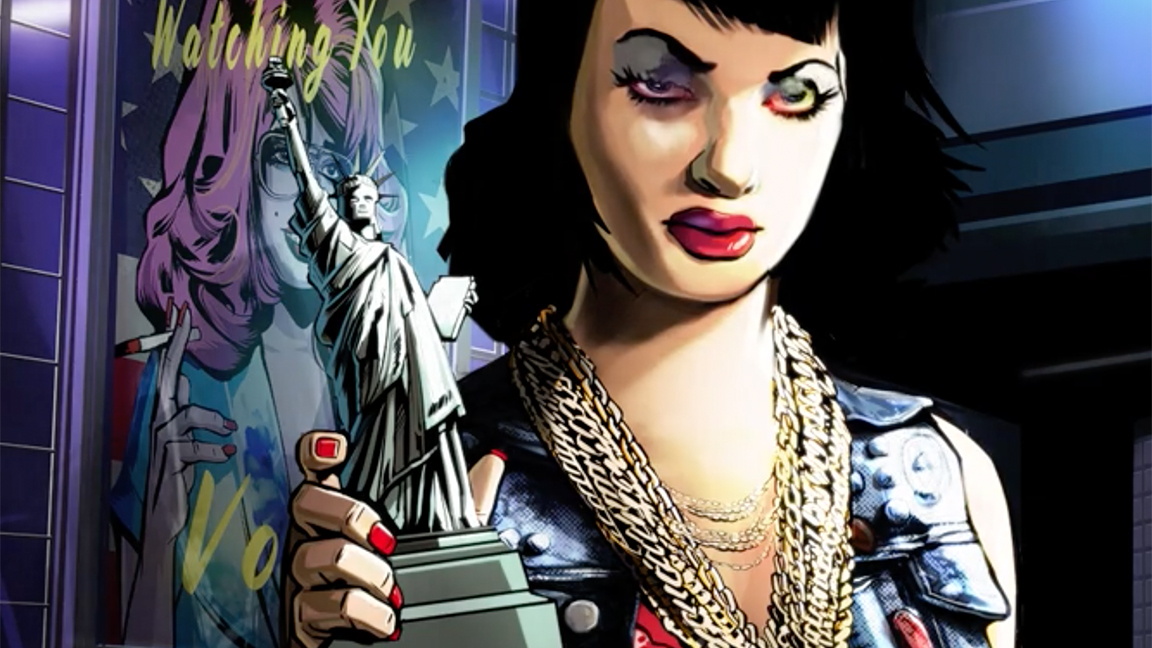
Don't go thinking you've hacked the system and become a millionaire by right-clicking and saving the image of Beeple's Everydays – The first 5000 days. That's just what NFT's are not. The image associated with an NFT is simply a copy, in JPG form of the original work; it's a 'story' that enables our brains to understand a non-fungible token's smart contract, the thing you're really buying. For example, former-GTA artist Stephen Bliss' illustrations for his Fear City NFT are wonderful but it's the access to the Fear City project that is valuable.
If you do want to look into buying NFTs, they can be bought on a variety of platforms depending on what you want to buy (for example, if you want to buy baseball cards you're best heading to a site like digitaltradingcards, while other marketplaces sell more general pieces).
You'll need a wallet specific to the platform you're buying on and you'll need to fill that wallet with cryptocurrency. As the record sale of Beeple's Everydays – The first 5,000 Days at Christie's proved, NFTs are hitting more mainstream auction houses, too, so these also are worth watching out for. In case you missed it, that Beeple piece went for $69.3 million.
Because of the high demand for many types of NFT, they are often released as 'drops', much like with events, when batches of tickets are often released at different times). We go into more detail in our guide to NFT drops. This means a frenzied rush of eager buyers when the drop starts, so you'll need to be registered and have your wallet topped up and ready to spend.
The sites listed below are just some of those that sell NFTs, and some such as rising Magic Eden marketplace specialise in the newer, more environmentally friendly Solana blockchain. Some NFT marketplaces specialise, for example Seed.photo is an excellent NFT photography platform. We go deeper to this in our guide to NFT marketplaces.
- OpenSea
- Magic Eden
- SuperRare
- Nifty Gateway
- Foundation
- Seed.photo
- BakerySwap
- Axie Marketplace
- Rarible
- NFT ShowRoom
NFTs: NFT games and gaming

NFTs are also changing how games are played and made. Players can buy characters or cards in an NFT game like Axie infinity or Gods Unchained and develop their heroes, the more unique they become the more valuable they are. Mainstream developers such as Ubisoft and Sega have big NFT plans, and there's even a Final Fantasy VII NFT planned for next year.
This play-to-earn model is new to gaming, and NFTs are leading the way. New games are incorporating more traditional ways to play, and some games are now blending play-to-earn with free-to-play. To discover more about NFTs and games, read my guide to everything you need to know about NFT gaming.
Many leading developers and publishers are invested in NFTs, for example Sony is exploring NFTs and has a mocap app for the metaverse called Mocapi that looks interesting. Many mainstream publishers are funding NFT game studios and offer start-up investment, for example Oxya Origin in is an ambitious third-person shooter and role-playing game hybrid developed with the help of Ubisoft.
NFTs are also making waves as in-game purchases in video games (much to the delight of parents everywhere, we're sure). These assets can be bought and sold by players, and include playable assets like unique swords, skins or avatars.
Presently there's a struggle in gaming between NFT developers and traditional gamers. After the fiasco of loot boxes and expensive micro-transactions gamers are hesitant to embrace market forces in games, as it could lead to more expensive experiences. Or it could lead to a levelling playing field and greater access for gamers to make or invest in games. The future is, ahem, what you make it.
I look at this in detail in our guide to what this all means for NFT gamers and the future of games. Below I've listed some of the biggest NFT games currently being played.
5 of the best NFT games
1. Axie Infinity: it's Pokémon with NFTs as you breed and collect adorable creatures while exploring a unique world
2. The Sandbox: think of this one as Minecraft on a blockchain, where everything you create you own, including games and worlds
3. Gods Unchained: this card battle and collecting game has been developed by former Magic: The Gathering designers
4. Splinterlands: another card battle game, this one places an emphasis on speed.
5. CryptoKitties: collect and breed cute cats, and join with other players to solve puzzles
6. Silks: horse racing and empire building game using real world horses
NFTs: Why are NFTs controversial?

There's a lot of money being made in the NFT market, but you'll have heard there's also great controversy, not least due to the impact on climate. The creation of blockchain assets, NFTs included, uses a large amount of computing power – and so a huge amount of energy. Some are worried about the very real impact the craze could have on the environment.
Artists can help, by making efforts to create carbon-neutral artwork. But the problem goes deeper, because of the way blockchain works. Ethereum, Bitcoin and the like are built on a 'proof-of-work' system (like a complex series of puzzles) to keep the financial records of users secure. And this system uses an incredible amount of energy.
ArtStation was so worried about the impact on the climate that it recently backtracked on its decision to sell NFTs after a massive backlash. There are organisations trying to make a difference. Check out what Blockchain for Climate is doing to improve the situation.
This is getting better. New blockchains such as Palm, Flow, and Wax are low energy and carbon neutral, and offset emissions by planting trees. The Polygon token, for example, states it costs the same amount of energy to mint am NFT on its blockchain as it does to send three emails.
Many voices in the art and design community are also angry that NFTs are changing hands for such astronomical sums of money, and it's often not going to the artist. Given that NFTs were originally created as a way of giving control by asserting digital ownership, the idea that they are becoming increasingly elitist is causing tension. The buy-in fees are prohibitive for many, and the cost to actually buy one means the marketplace is becoming something of a playground for the super-rich.
But, again, times are changing. More and more artists are turning to the Solana blockchain to create NFTs, as this is carbon neutral and has lower 'gas' fees – the cost of registering the NFT.
NFTs: Can anyone make an NFT?
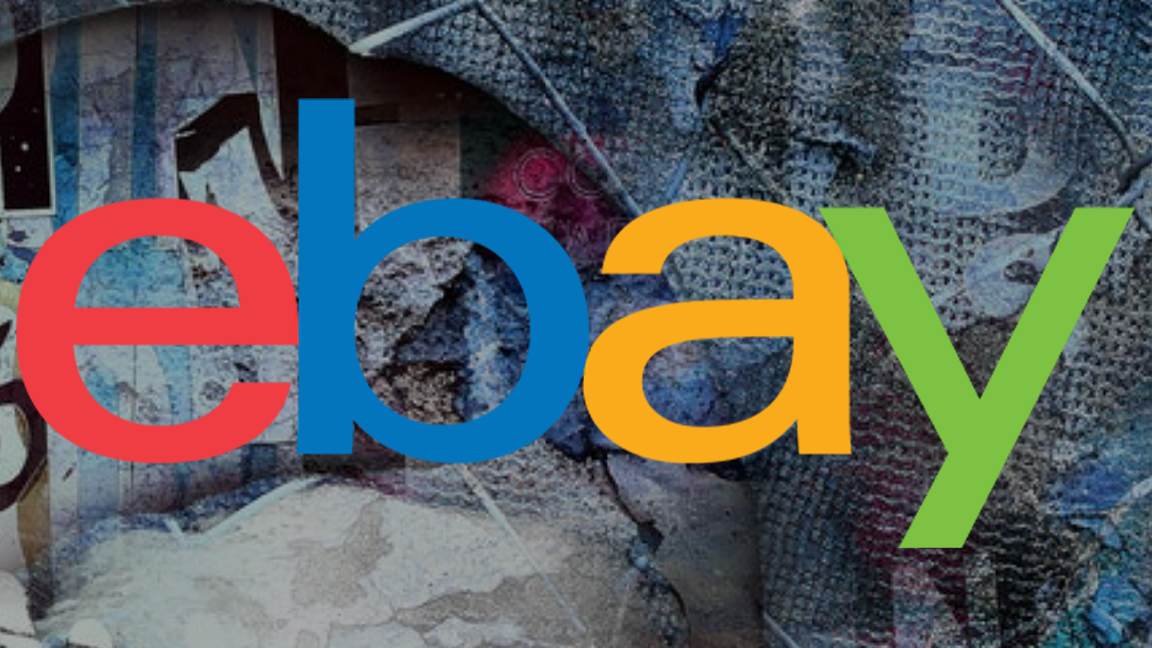
Technically, anyone can create a piece of art, turn it into an NFT on the blockchain (a process called 'minting') and put it up for sale on a marketplace of choice. You can even attach a commission to the file, which will pay you every time someone buys the piece through a resale. If you are new to NFTs, then read my guide to NFT tips for beginners where I outline some of the big mistakes to avoid.
Much like when buying NFTs, you need to have a wallet set up, and it needs to be stuffed full of cryptocurrency. Though this hurdle is now being dismantled as NFT marketplaces and projects are enabling people to buy NFTs using fiat currency via credit and debit cards. For example, Ebay has acquired NFT marketplace KnownOrigin and is developing its non-fungible token content, enabling buyers and sellers to use credit and debit cards.
The hidden fees can be prohibitively astronomical, with sites charging a 'gas' fee for every sale (the price for the energy it takes to complete the transaction), alongside a fee for selling and buying. You also need to take into account conversion fees and fluctuations in price depending on the time of day.
All this means that the fees can often add up to a lot more than the price you get for selling the NFT. It is also, however, now easier to create an NFT for free but placing the fees on the buyer and not the creator.
NFTs: has the NFT bubble burst?
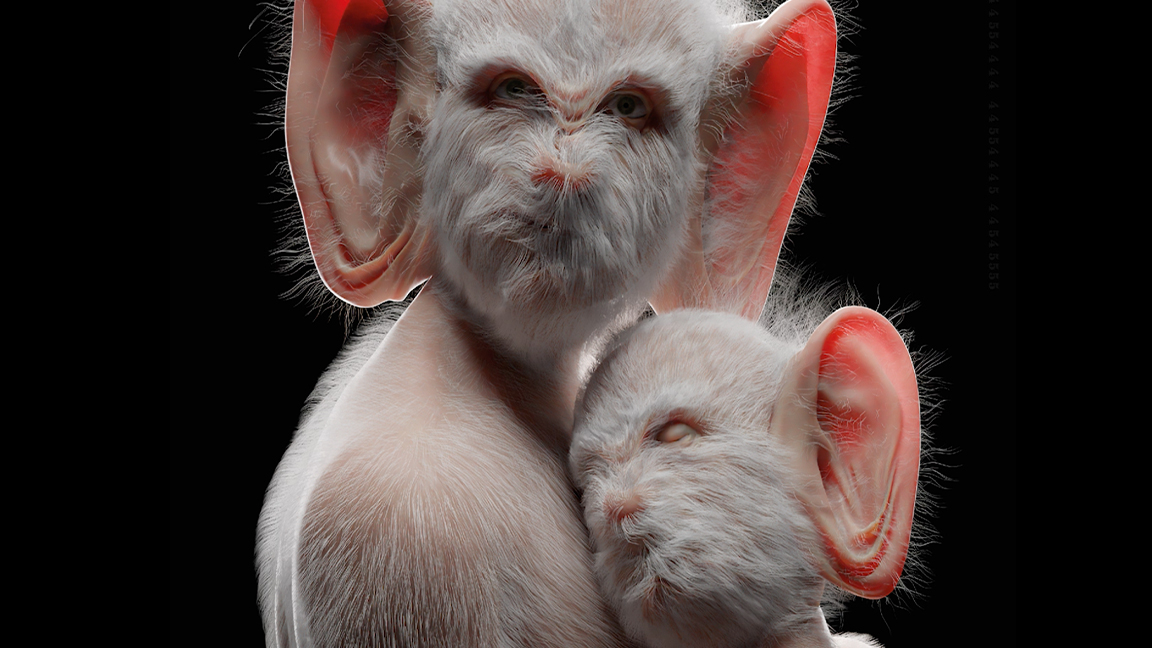
It's been widely reported that the NFT bubble has slowed down, if not burst, and we're in the midst of a 'Crypto Winter'. Sales of NFTs dropped by 92% year on year, but that headline doesn't tell the full story. Despite news of the decline many tech and media brands are more keen than ever to embrace NFTs (and NFTs are beginning to rise once again).
Social media giant Meta has revealed it will continue with plans to integrate the blockchains Ethereum, Polygon, Solana and Flow into Instagram and now Facebook – and users won't be charged. Likewise, Square Enix, Ubisoft and even Epic Games have all committed to NFTs as being a part of their future. The strange June 2022 Vanity Fair NFT cover shows there's still an appetite for the technology.
For collectors it means NFTs have become cheaper, what would have cost $280 six months ago is now around $50. This represents a good time to search out new and interesting projects. For creators the situation is not great, as some artists have worked a year on an NFT project, such as Fear City, to find they launch at the wrong time. However, those passionate about NFTs see the downturn as a blip, also affected by the cost-of-living crisis.
Whether or not NFTs are here to stay, for the moment they are making some people money and they're creating new possibilities for digital art. We would, however, advise caution and careful consideration of which platforms to use. And if you want to get creating, make sure you've got one of the best laptops for drawing or one of the best laptops for video editing. A top drawing tablet is also advisable.

Ian Dean is Editor, Digital Arts & 3D at Creative Bloq, and the former editor of many leading magazines. These titles included ImagineFX, 3D World and video game titles Play and Official PlayStation Magazine. Ian launched Xbox magazine X360 and edited PlayStation World. For Creative Bloq, Ian combines his experiences to bring the latest news on digital art, VFX and video games and tech, and in his spare time he doodles in Procreate, ArtRage, and Rebelle while finding time to play Xbox and PS5.
